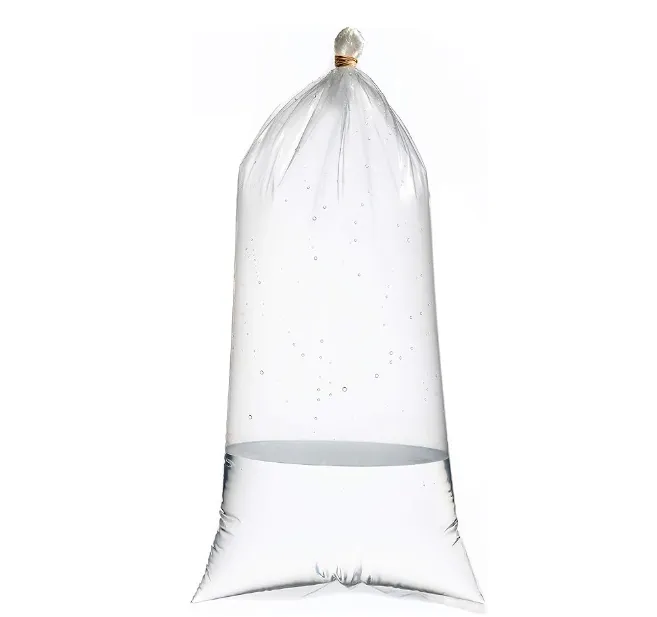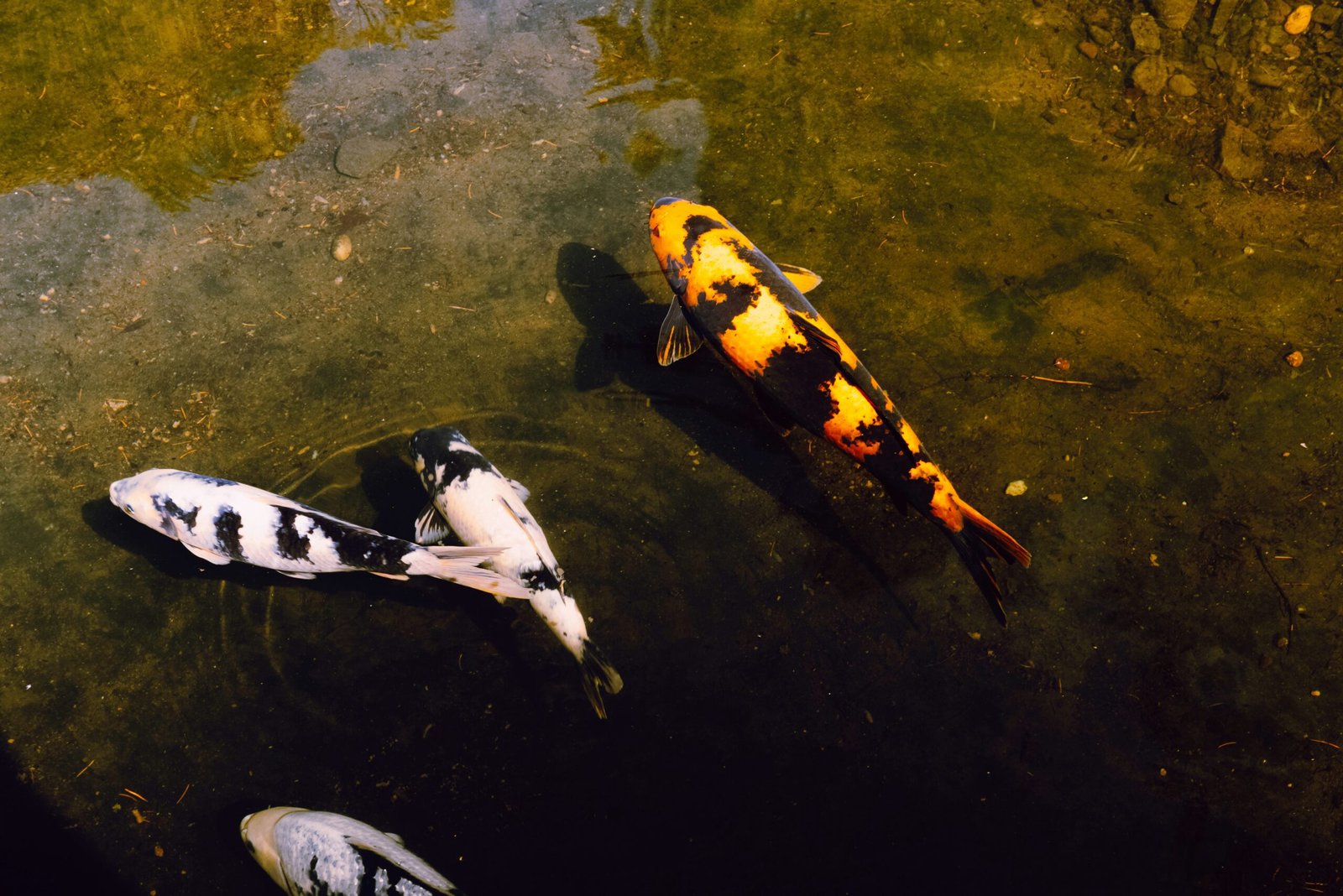

Introduction How to Transport Large Koi
How to Transport Large Koi, Koi are more than just fish—they’re living jewels that represent tradition, beauty, and serenity. But when it comes to transporting these graceful creatures, the stakes are high. Without proper care, they can experience stress, physical injuries, or even health complications. So, how do you safely move your koi? Let’s dive into this step-by-step guide to ensure your koi enjoy a smooth and stress-free journey.
Preparing for the Journey
Planning Ahead
Moving koi isn’t a last-minute task. Assess factors like distance, transport duration, and weather conditions before deciding on your method. Is it a quick trip across town or a long-haul journey? Planning ahead can mean the difference between a smooth ride and a slippery situation.
Essential Tools and Equipment
Before you start, gather these essentials:
- Plastic Bags and Rubber Bands: Double-bagging prevents leaks.
- Pure Oxygen Supply: Keeps the water oxygenated.
- Insulated Containers: Protects koi from temperature fluctuations.
- Koi Nets and Socks: Gentle tools for catching and transferring.
- Water Quality Test Kit: Ensures the water is safe for your koi.
Understanding the Needs of Koi During Transport
Koi are sensitive creatures. Stress can impact their immune system, leaving them vulnerable to diseases like ich or bacterial infections. To reduce stress:
- Keep their environment consistent.
- Maintain water quality by adding stress-relieving solutions like pond salt or dechlorinator.
Handling Koi Safely
Use Gentle Tools
Invest in a koi sock or soft mesh net to handle koi. These tools reduce the risk of injuries and keep your fish calm.
Avoid Chasing Your Koi
Catch koi slowly and avoid frantic movements. A stressed koi is like a marathon runner—it gets exhausted quickly and becomes prone to injury.
Preparing the Transport Environment
Water Quality Matters
The water in the transport container should match the temperature and pH of the pond water. Add stress-relief solutions like pond salt to stabilize the koi’s slime coat and prevent infections.
Oxygenation is Key
For long-distance transport, use pure oxygen to fill the bag. For short distances, aerators can suffice.
Choosing the Right Transportation Equipment
For Short Distances
Sturdy plastic bags and insulated containers work well. Always double-bag your koi to prevent leaks.
For Long Distances
Use hard-sided containers with built-in oxygenation systems. Insulated boxes maintain a consistent temperature throughout the journey.
Step-by-Step Transport Process
- Bagging Koi for Safety:
Fill a transport bag one-third full with water, leaving two-thirds for oxygen. - Securing Containers:
Place the bagged koi in a container to keep them stable. - Monitoring Conditions:
Check the temperature and ensure the bags remain upright.
Unloading and Acclimating Koi
When you arrive, don’t just toss your koi into their new home. Instead:
- Float the bag in the pond for 20-30 minutes to equalize temperature.
- Gradually add small amounts of pond water to the bag before releasing the koi.
Post-Transport Care Tips
After the journey, observe your koi for signs of stress or illness like sluggish movement, discoloration, or erratic swimming. Avoid feeding them for the first 24 hours to let them acclimate.
Seasonal Transportation Tips
- Winter: Use insulated boxes and avoid exposing koi to freezing conditions.
- Summer: Keep them cool with ice packs placed outside the bag or container.
Ethical and Eco-Friendly Practices
Use biodegradable bags and minimize waste. Your koi are living beings, not cargo—treat them with care and respect throughout the process.
Common Mistakes to Avoid
- Overcrowding containers.
- Skipping acclimation steps when unloading.
- Using untreated tap water, which can harm koi.
Advanced Tips for Competitive Koi Shows
If you’re preparing koi for a show, focus on grooming their scales and maintaining water quality. Keep them in optimal health to showcase their vibrant colors and smooth swimming.
FAQs
- How do you ensure koi stay healthy during long-distance transport?
Use insulated containers, maintain consistent oxygen levels, and monitor water quality. - What is the ideal water temperature for transporting koi?
Aim for a stable range between 18°C and 22°C to reduce stress. - How can I minimize stress on koi during transport?
Handle them gently, use proper tools, and maintain stable water conditions. - What equipment is necessary for a smooth koi transport?
You’ll need plastic bags, oxygen tanks, insulated containers, and water additives. - How long can koi safely remain in a transport bag?
With sufficient oxygen, koi can stay in transport bags for up to 24 hours.
You may also like
- https://giobelkoicenter.com/how-fast-do-koi-fish-grow/
- https://giobelkoicenter.com/10-fun-facts-about-koi-fish/
- https://giobelkoicenter.com/buying-koi-fish/
- https://giobelkoicenter.com/what-does-the-koi-fish-represent/
- https://giobelkoicenter.com/koi-fish-sickness-symptoms/
- https://giobelkoicenter.com/understanding-koi-fish-size/
Table of Contents
Passionate about fish keeping since elementary school in the 1980s, Giovanni Carlo has dedicated countless hours to collecting and breeding a diverse array of ornamental freshwater fish. From vibrant guppies and majestic koi to striking bettas and classic goldfish, he continues to explore the fascinating world of aquatics, sharing knowledge and enthusiasm with fellow fish enthusiasts.
